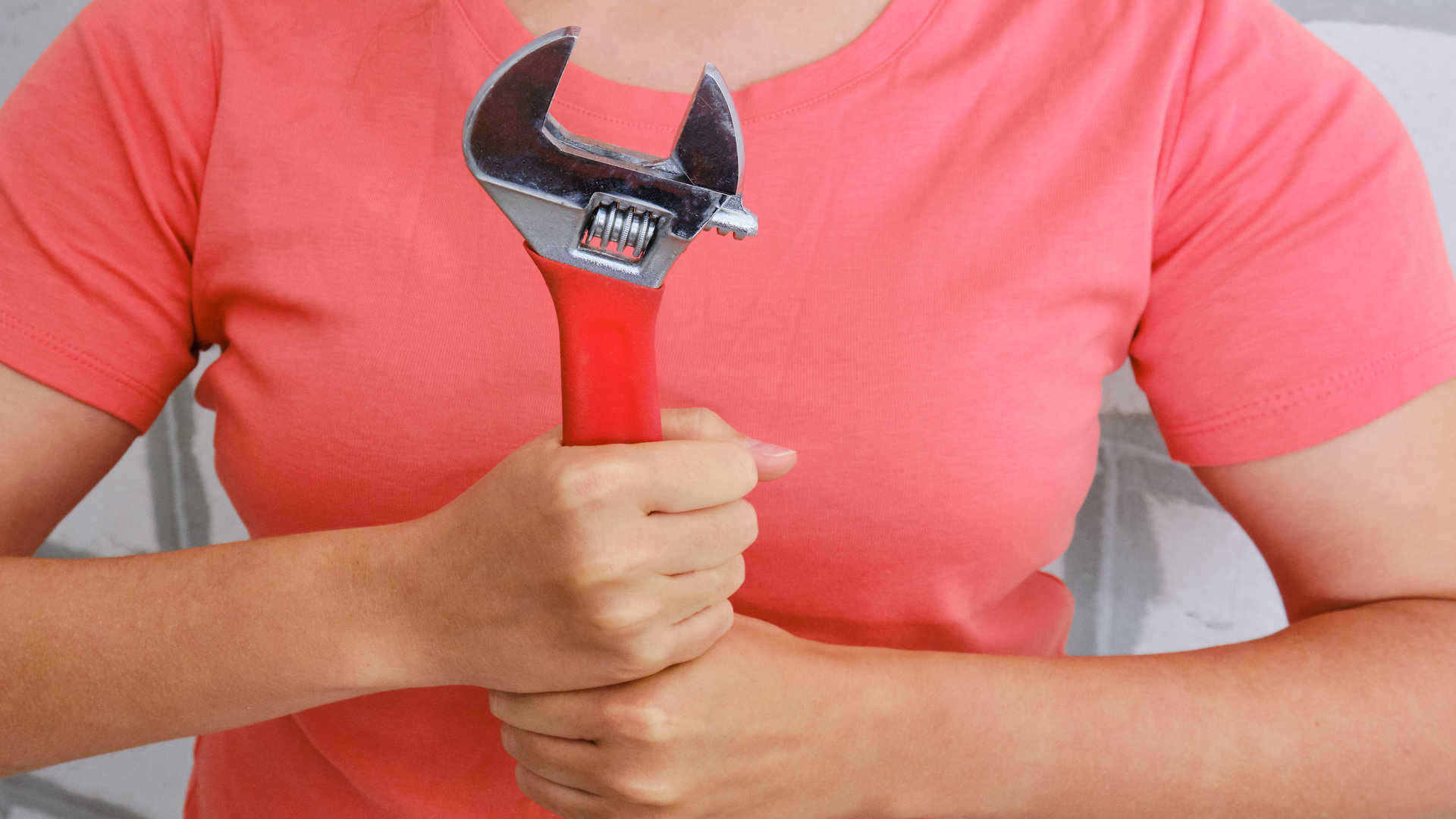
GENERAL PLUMBING ISSUES AND SOLUTIONS
Most of us share the same plumbing issues, whether leaky faucets or no hot water in the boiler. Luckily, with the right tools and guidance, we can easily fix these issues on our own. If not, we could at least prevent further damage until an expert plumber arrives.
So in case, you wondered, here are the most common issues that homeowners have with their plumbing, along with some tips and steps for fixing them:
LOW WATER PRESSURE
Whether because of clogged pipes or mineral buildups, low water pressure is as common as ever. Usually, the cause is a clogged pipe, but sometimes the root of the problem is a corroded shower-head or a loose valve.
- Clogged pipes: This is usually followed by odd noises and pipe leaks. There are many ways you can unclog it like using a drain snake or pouring a chemical mixture of baking soda, vinegar, and hot water in the drain. If these don’t work, it might be better to call a professional plumber.
- The main valve: Many people call a plumber and later learn how the only thing they should have done in the first place was to open the main shutoff valve. In some situations, the valves can also be damaged, stuck or corroded. If this is the case, you will probably need to replace them with newer models.
- Corroded shower-head/faucet: To fix this, simply put a mix of diluted white vinegar and hot water in a plastic bag. Attach the bag around the shower-head/faucet with a rubber band and leave it for a few hours to make them spotless and mineral-free. If the corrosion is severe, you will need to replace them.
Extra tips: After you fix your low water pressure issues, think of installing pressure boosters or filtration mechanisms to avoid similar difficulties in the future.
NO HOT WATER
For those who have old water heaters or don’t clean them regularly, hot water is almost like a miracle. No hot water is usually caused by mineral buildups in the water heater. That’s why they should be serviced at least once every year.
If your water heater is new and is already causing trouble, it might be improperly installed or manufactured.
Extra tip: To prevent trouble with the boiler, you can always install tankless water heaters who don’t face such problems.
DRIPPY FAUCETS
A leaky faucet can be caused by several things including worn-out O-rings, a bad valve seat, and an old cartridge. The latter scenario is the most common, so today we will tell you how to fix it. Whether in one of the handles or in the faucet itself, an old and rusty cartridge can be easily replaced. Here are the steps:
- Determine whether the leak is from the hot or cold waterside.
- After you find the culprit, turn off both valves to avoid trouble.
- Use a thin object to take the decorative cap off the handle which is causing the issue. Afterward, use a screwdriver to remove the screw that is holding the handle intact.
- Take out the entire handle, remove the cartridge nut with a wrench and later pluck the entire cartridge with pliers. Use firm movements.
- Take your new cartridge and place it in the exact same position as the old one. Repeat the previous steps, but backward to reinstall the handle.
Extra tip: If this doesn’t stop the dripping, then the problem is probably within the faucet. You can follow similar steps to replace the faucet’s cartridge ring.
SEWER BACKUP
One of the nastiest plumbing issues is a sewer backup. Nobody wants to have sewer water coming out of their toilet. Note that fixing sewer trouble is not a DIY project!
The reason behind sewage blockages and backups can be either found in your home or in the city sewage system. If it’s the latter, then the city should fix the problem as soon as possible. If the issue is located in your home’s piping system, then you must hire a company on your own.
Usually, the issue is connected with old, detached, or damaged piping. Sometimes the cause can even be a tree root that is clogging your drains in an attempt to find additional water sources. Whatever it is, you should immediately contact professional plumbers.
Extra tip: Install backwater valves on your pipe. These instantly shut off if they notice water coming in the opposite direction.






